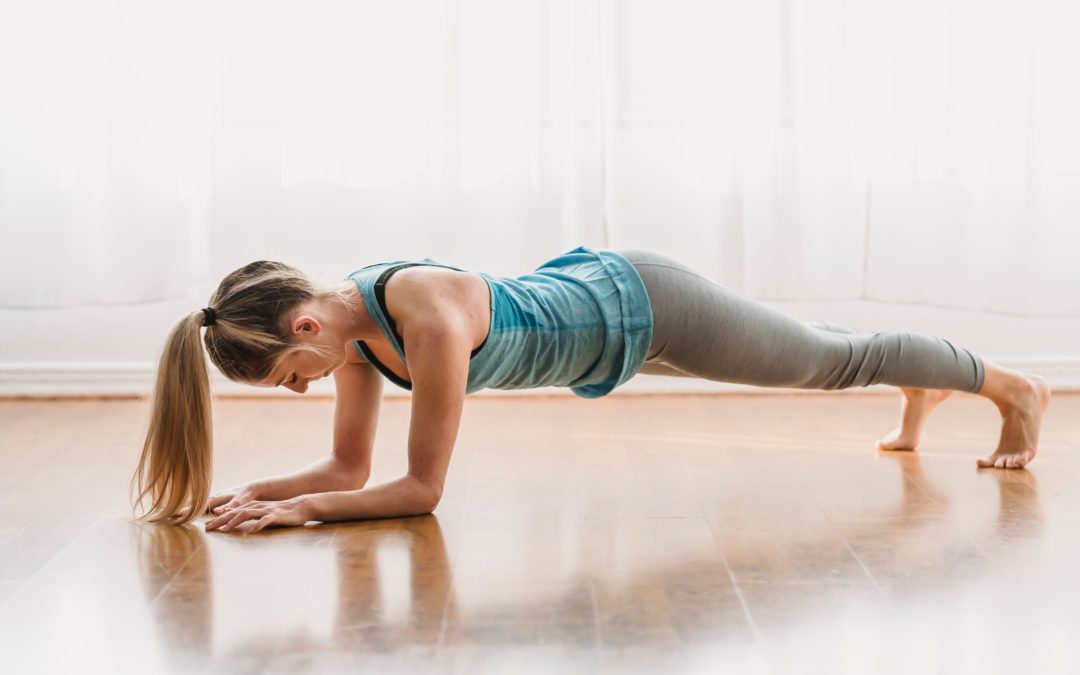Do you often experience pain in your neck and shoulders? A lot of people do, and it’s often due to rounded shoulders. Rounded shoulders are a common postural problem that can cause a lot of pain and discomfort in an entire muscle or multiple muscles if left untreated. In this blog post, we will educate you on what rounded shoulders are, how they form, and how you can treat them. We’ll also provide some helpful exercises that you can do at home to improve your posture and alleviate the pain caused by rounded shoulders.
What are Rounded Shoulders
Rounded shoulders, also known as hunched shoulders, is a condition in which a shoulder joint rolls forward due to tight muscles, and the head protrudes forward. This can give the appearance of being rounded or hunched over. Rounded shoulders can be caused by poor posture, sitting in front of a computer for long periods of time, or slouching. It can also be caused by carrying heavy bags or wearing bulky clothing. Rounded shoulders can lead to neck pain, shoulders, and upper back. It can also cause headaches and fatigue. To help prevent rounded shoulders, it is important to maintain good and normal posture and be aware of how you are sitting or standing. Strengthening exercises for the upper back and shoulders can also help to prevent rounded shoulders.
How Do They Form and Why is it a Problem
Rounded shoulders form when the muscles in the upper back and shoulders, including certain postural muscles, become weak or tight. This can cause the shoulders to roll forward and the head to protrude forward. Rounded shoulders can be a problem because they can lead to pain in the neck, shoulders, and upper back. They can also cause headaches and fatigue. Additionally, rounded shoulders can make it difficult to breathe deeply and fully expand the lungs. This can lead to shallow breathing and a decrease in oxygen levels in the blood.
How Long Does it Take to Fix Rounded Shoulders
The time it takes to fix rounded shoulders depends on the severity of the condition and the amount of time that you have been experiencing symptoms. If you have mildly rounded shoulders, you may only need a few weeks of treatment to see improvement. However, if you have severely rounded shoulders, it may take longer to see results. Treatment for rounded shoulders typically includes a combination of stretching, strengthening, and posture correction exercises. Additionally, you may need to wear a posture corrective device such as a brace or tape. In some cases, surgery may be necessary to correct the alignment of the shoulder joint.
How Can You Treat Them
There are a few different ways that you can treat rounded shoulders. First, you can try to improve your posture. This means standing up straight and keeping your shoulders back. You should also avoid slouching and sitting in front of a computer for long periods of time. Sitting at the edge or front of your chair can help you sit up straighter much easier. Second, you can do exercises that strengthen the muscles in the upper back and shoulders. These exercises include shoulder shrugs, rows, and flies. Third, you can stretch the muscles in the chest and shoulders. This will help to loosen up the muscles and improve your range of motion.
Exercise Routines to Help with the Pain and Discomfort Caused by this Condition
There are a few different exercise methods that can help to alleviate the pain and discomfort caused by rounded shoulders, no matter your body shape. First, chest stretches can help to loosen the muscles in the chest and improve posture. Second, upper back exercises can help to strengthen the muscles in the upper back and improve posture. Finally, shoulder exercises can help to stretch and strengthen the long and weak muscles that are tight and short. Some common exercise methods are corrective exercises like swimming, cycling, and boxing, or cardiovascular exercise like yoga!
One simple exercise is to get into starting position by standing with your back against a wall and your feet shoulder-width apart. Then, raise your arms out to the sides and press your palms against the wall. Hold this position for 10 seconds, and then repeat 10 times. You can also start from this same position and make a “wall angel” trying to keep your back flat against the wall. This is a great stretch for your upper body and shoulders. Another helpful stretching exercise is the door stretch. To do this deep stretch, stand in a doorway with your arms raised above your head and your hands clasped together. Lean forward until you feel a stretch in your chest and shoulders. Hold this position for 20 seconds, and then repeat 5 times. By incorporating these exercises into your daily routine, you can help to reduce the pain and muscle tension caused by rounded shoulders.
The Benefits of Correcting Rounded Shoulders
There are many benefits to correcting rounded shoulders. First, it can help to reduce the pain and discomfort caused by the condition. Second, it can improve your posture and alleviate the fatigue caused by poor posture. Third, it can help to improve your breathing and increase the oxygen levels in your blood. Finally, correcting rounded shoulders can help you to move more freely and prevent injuries in the future and ensure correct shoulder position.
Tips For Maintaining Correct Posture
There are a few simple tips that you can follow to help avoid bad posture through the proper exercise movement. But first, you must recognize the common posture mistakes, which include not moving enough, hunching your shoulders, gazing downward for too long, and not using your core muscles.
To correct this, first, when standing, make sure that your weight is evenly distributed on both feet. Second, keep your shoulders back and down. Third, tuck your chin in slightly so that your head is in line with your spine. Fourth, engage your core muscles to help support your back. Finally, when sitting, make sure that your hips are higher than your knees and that you are not slouching. By following these tips, you can help to prevent the pain and discomfort associated with rounded shoulders.
Prevention Tips for Future Occurrences of this Condition
There are a few things that you can do to help prevent rounded shoulders from occurring in the future. First, it is important to maintain good posture and be aware of how you are sitting or standing. Additionally, strengthening exercises for the upper back and shoulders can help to prevent rounded shoulders. Finally, stretching exercises for the chest and upper back can help to improve posture and reduce the risk of developing rounded shoulders. By following these prevention tips, you can help to keep your shoulders healthy and pain-free.
Additional Resources on Correcting Rounded Shoulders
If you are looking for more information on correcting rounded shoulders, there are a few resources that you can consult. First, the American Academy of Orthopedic Surgeons (AAOS) provides an overview of the condition and its treatment options. Second, the Mayo Clinic offers a variety of tips for preventing and treating rounded shoulders. Finally, the National Institute of Arthritis and Musculoskeletal and Skin Diseases (NIAMS) provides information on exercises that can help to improve posture and reduce pain.
Rounded shoulders are a common postural issue that can lead to health problems if left untreated. The good news is that with exercises and stretches rounded shoulders can be put in the correct position. If you have any questions about how to correct your posture or would like help implementing a combination of mobility exercises and/or basic exercises, contact us today. Our team of experts will work with you to create a personalized exercise program to improve your posture and reduce the risk of injury, including exercise plans for an hour of flexibility, an hour of strength, and an hour of nutrition. Thanks for reading!




